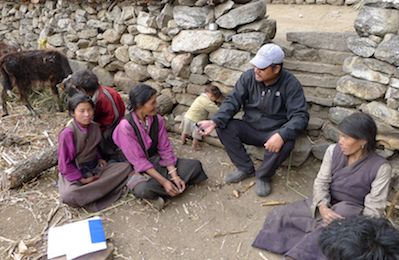The creation of, and responses to, Bogotá’s Center of Memory, Peace, and Reconciliation is one example that makes clear the fraught relationship of Colombia’s violent past to its urban future. Federico Pérez shows how city governments, developers, and ordinary people continue to assert their interests—symbolic, historical, and financial—over space in the Colombian capital, whether its demolishing a cemetery or fighting to preserve a working-class neighborhood. These conflicts put in sharp relief the connection between unresolved legacies of civil war and violence and urban space and renewal.














